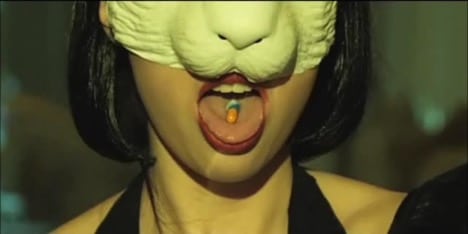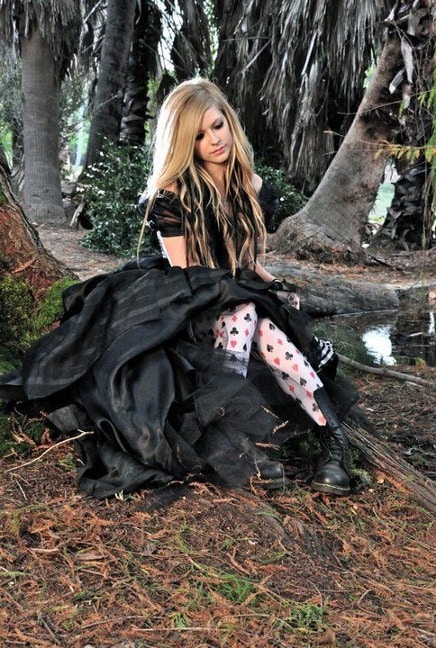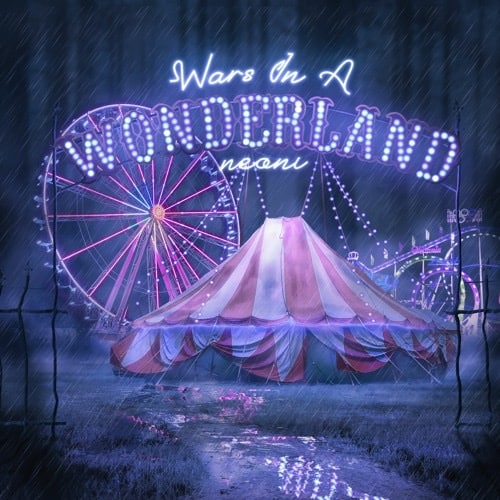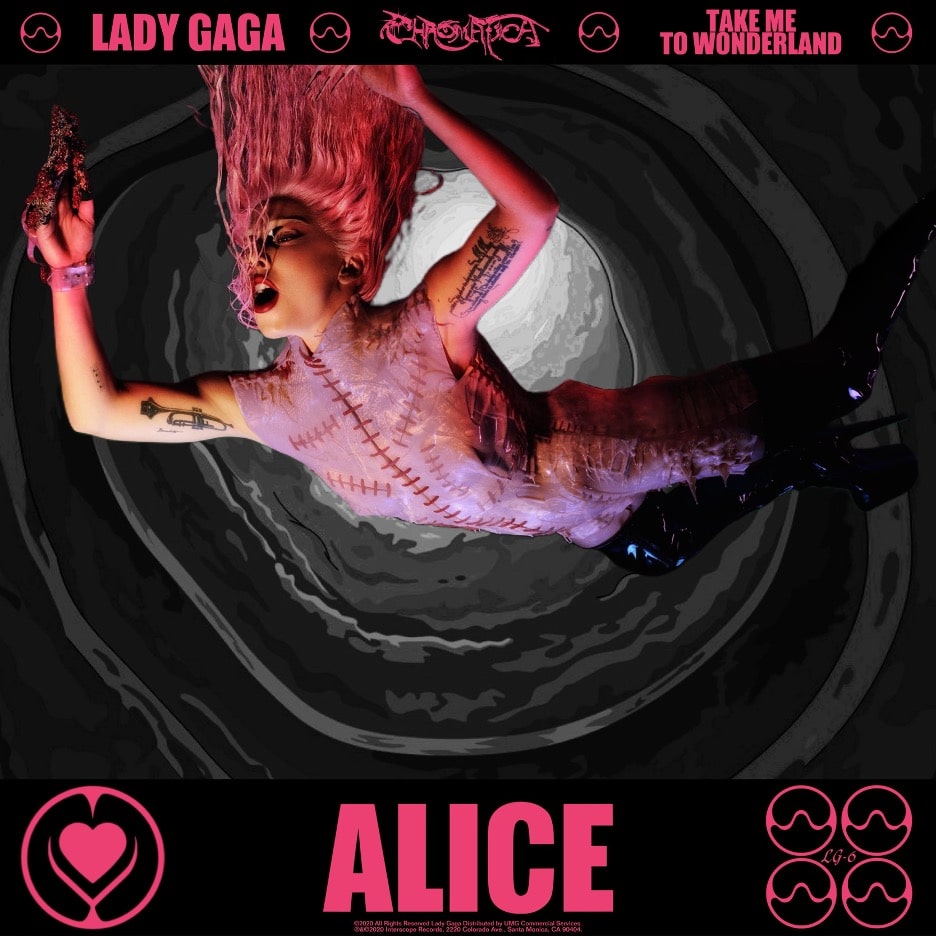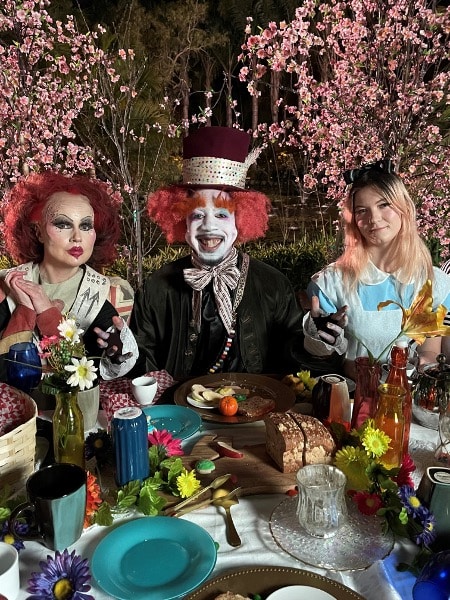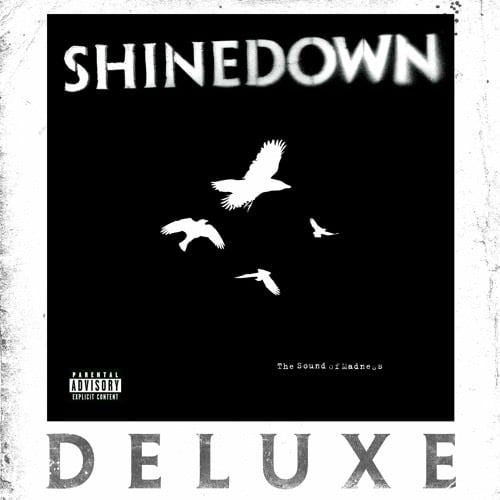Remembering John Watkiss - A Creative Force in Wonderland and Beyond
January 21, 7 years ago the world lost an artistic genius, John Watkiss. John was not only a remarkable artist but also a cherished collaborator who helped bring the world of "The Looking Glass Wars" to life. As I reflect on the journey, we embarked upon together over two decades ago, I am reminded of his immense talent, his boundless creativity, and the lasting impact he had on the entertainment industry.
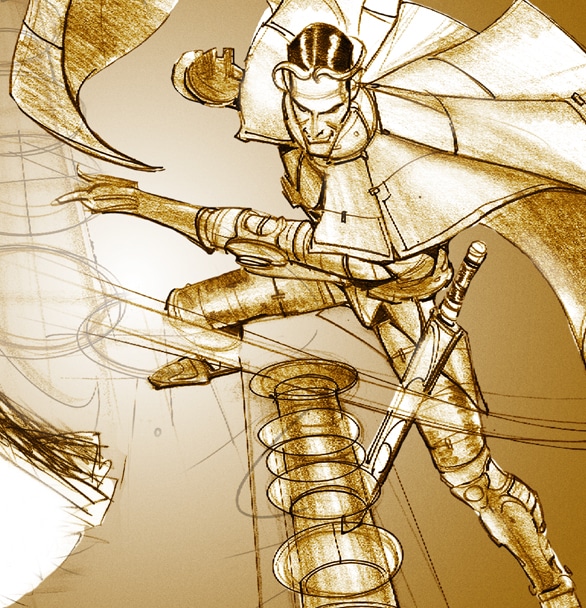
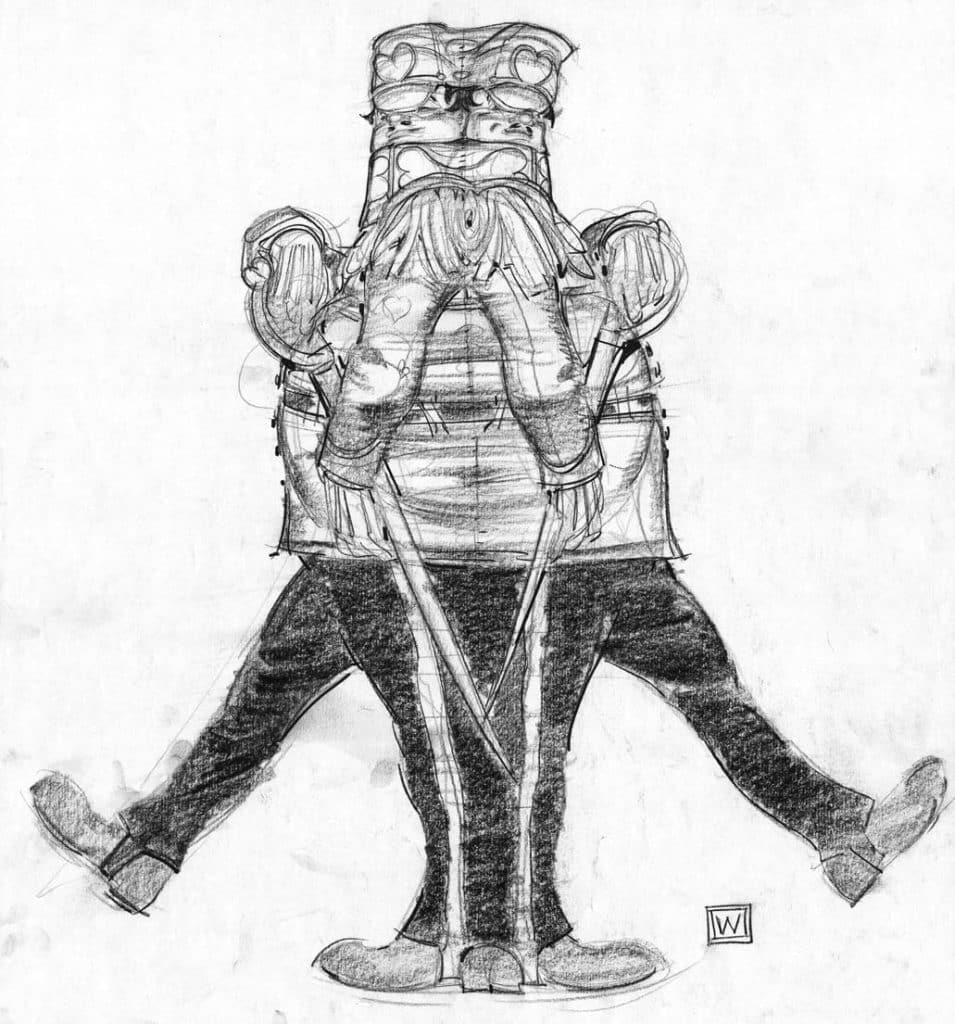

John's prowess extended into the realm of comics, where he left an indelible mark on iconic characters and series. His collaboration with me on "The Looking Glass Wars" was just one facet of his creative output. His work graced the covers and interiors of comics published by both DC and Marvel. His visual storytelling brought to life the adventures of Batman, Conan, Deadman, and Sandman, among others. His panels were a masterclass in composition, perspective, and emotion, immersing readers in rich and dynamic visual narratives.
One of my personal favorite paintings of John's can be seen in Volume 11 of the book "Sparrow," a testament to his ability to evoke emotion and depth through his art. His mastery of anatomy and his ability to capture the essence of characters in their most defining moments made his comic work truly stand out. He understood the nuances of facial expressions and body language, making each character's journey even more engaging and relatable.
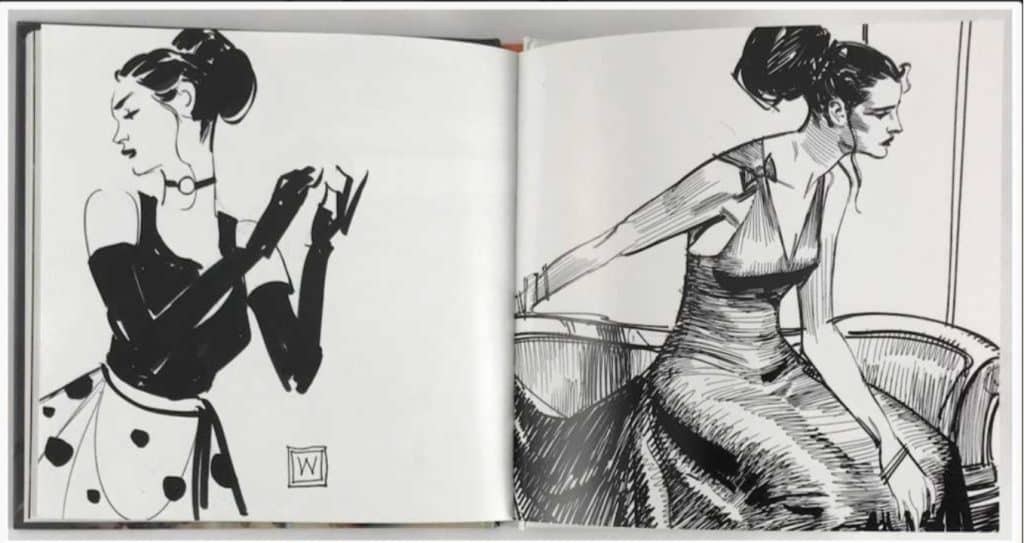
Our collaboration on "The Looking Glass Wars" was a testament to John's unique talents. His visualizations of Wonderland, its inhabitants, and its machinery were nothing short of magical. With every stroke of his pen, he transported readers to a realm where imagination knew no bounds. His attention to detail and his knack for infusing each image with emotion and depth were unparalleled. Together, we crafted a world that was both captivating and visually stunning, including some concept art for the musical.
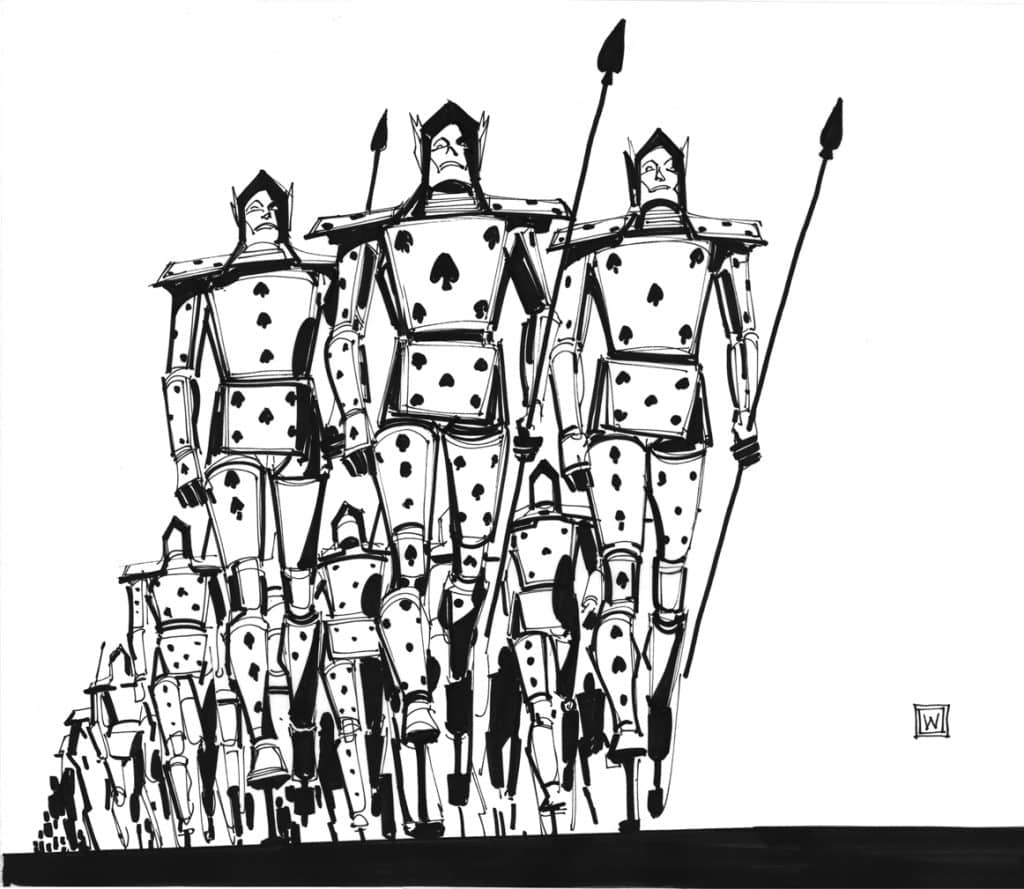
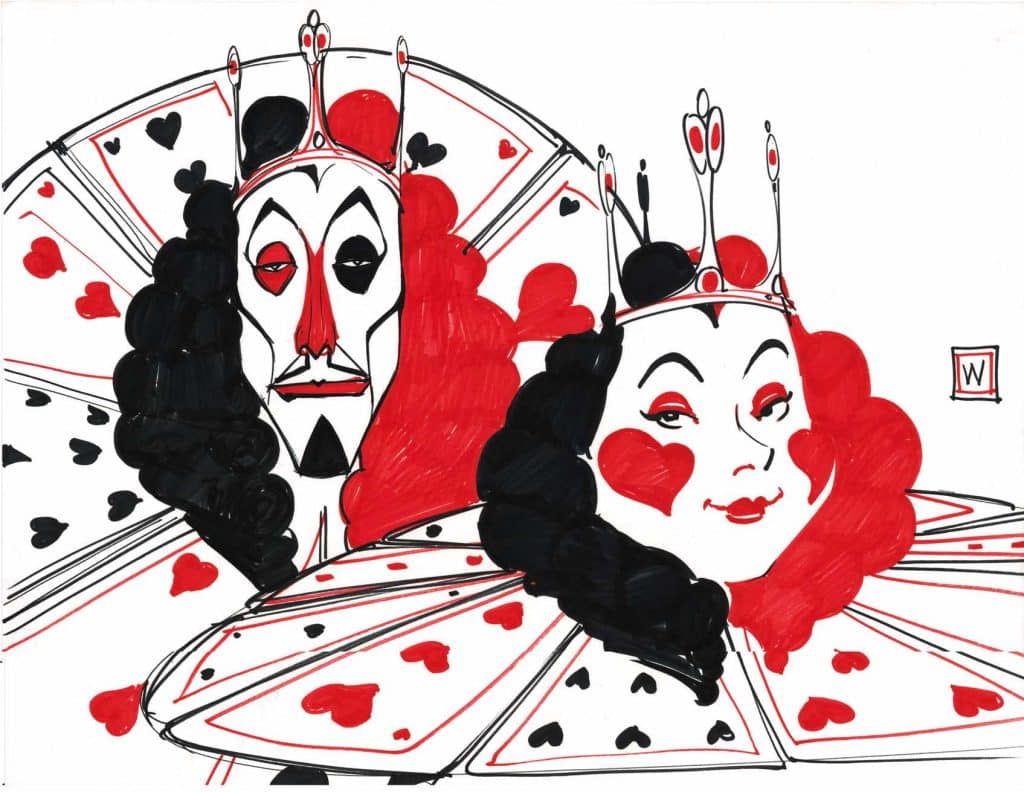
John's influence extended far beyond our collaboration and the world of comics. He left an indelible mark on the world of cinema, working with luminaries such as Steven Spielberg and Ridley Scott. His contributions to projects like "Treasure Planet," "Atlantis: The Lost Empire," and "Sky Captain and the World of Tomorrow" showcased his versatility and his ability to seamlessly blend realism with the fantastical. His work enhanced the storytelling of these films, making them all the more immersive and memorable.
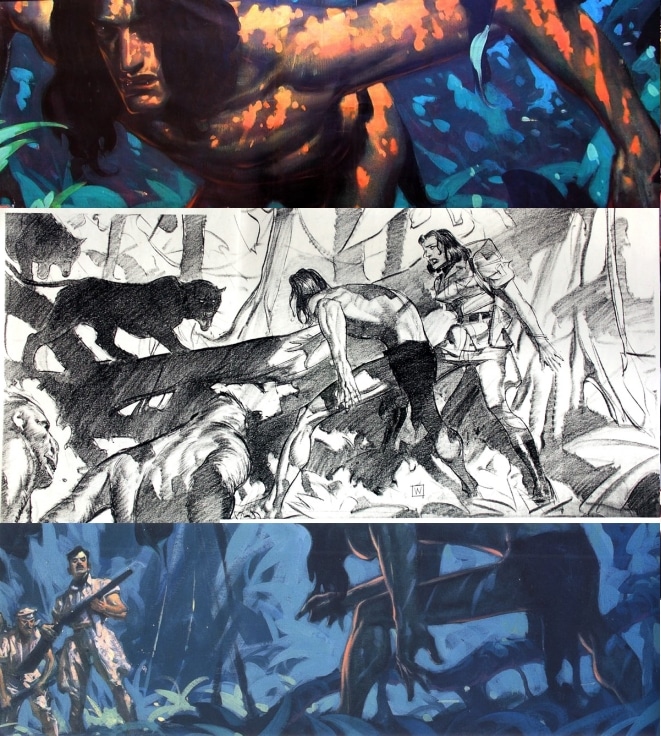
DreamWorks, Disney, and countless other studios were fortunate to have John's artistic prowess grace their projects. His involvement in films like "Tarzan", Guy Ritchie's "Sherlock Homes", "The Prince of Egypt", and "Mulan" demonstrated his knack for infusing animated worlds with depth and authenticity. John's mastery of anatomy, lighting, and composition made every frame he touched a work of art, leaving an everlasting impact on the animation industry.
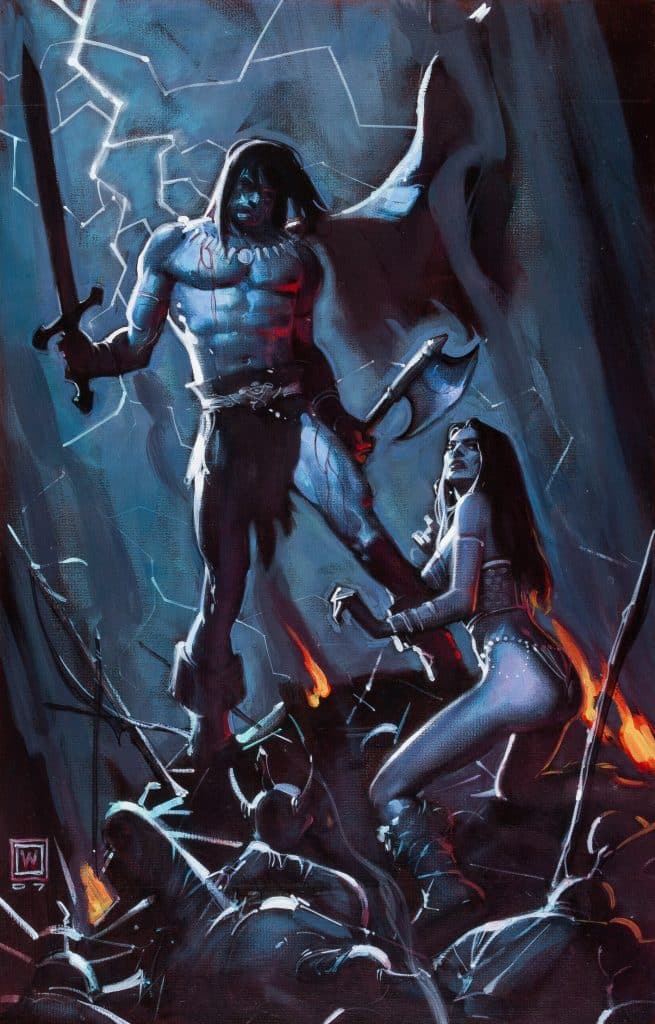
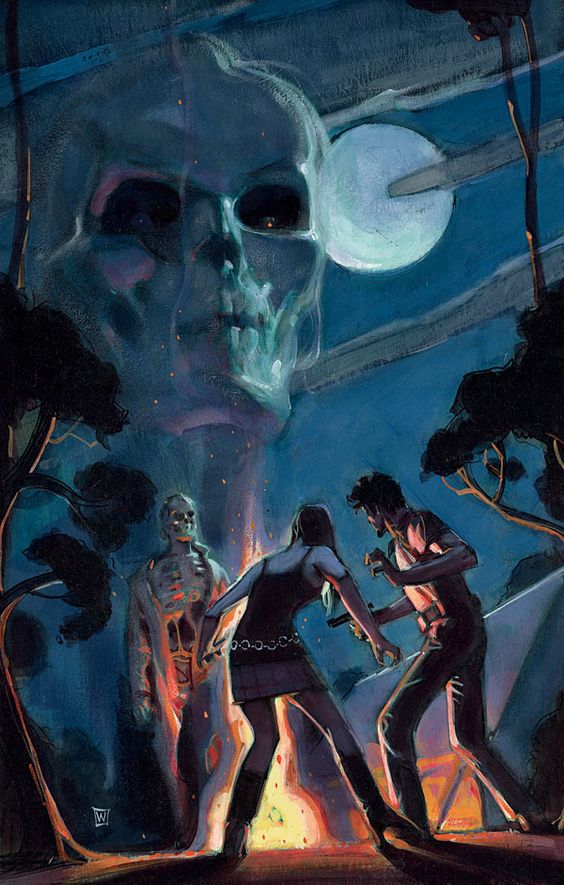
John's artistic contributions were not limited to the silver screen or the pages of comics. He was a renowned educator, sharing his knowledge and passion for anatomy with countless aspiring artists. His influence continues to ripple through the generations of creators he inspired and guided.

As we remember John Watkiss, let us cherish the legacy he leaves behind. His imagination knew no bounds, and his dedication to his craft was unwavering. He brought wonder and awe to everything he touched, leaving an undeniable mark on the worlds of literature, film, comics, and art.
Rest in peace, dear John. Your spirit will forever live on in the beauty you created and the lives you touched.
With profound sadness and gratitude,
Frank Beddor
